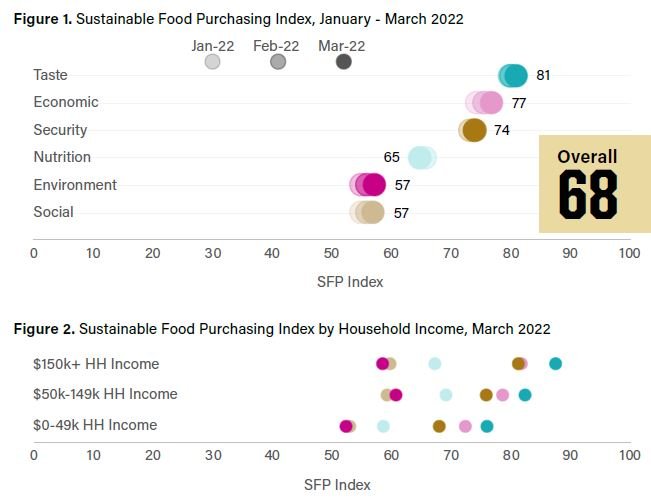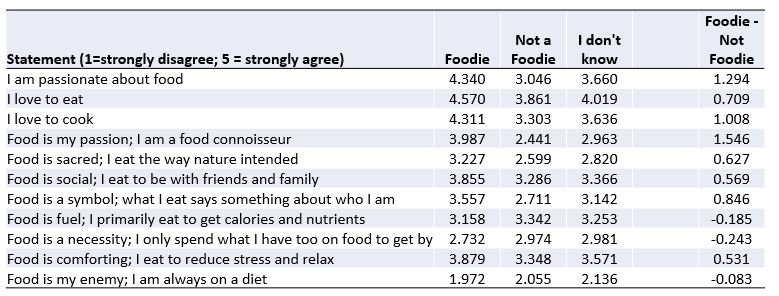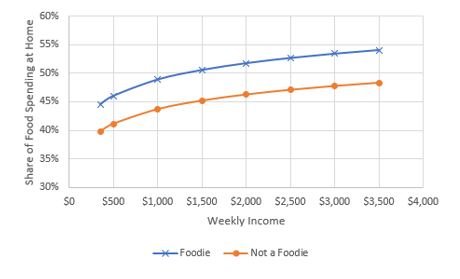It was about this same time of year back in 2015 when bird flu raised it’s ugly head (see what I wrote about it here or here), and the basic economic principles outlined then apply to the re-appearance of bird flu that we are now seeing in U.S. turkey, layer, and broiler flocks. What differs today are the magnitudes. To what extent can bird flu explain some of the rising poultry and egg prices currently being witnessed?
USDA APHIS tracks confirmations of cases of the most recent spate of bird flu, with the first case reported on February 8, 2022. Many of the reported cases involve small number of birds from backyard flocks (highlighting the fact that some of the spread occurs via wild birds). Focusing on commercial flocks, there have been 3.6 million turkeys affected, 2.1 million chicken broilers (i.e., "meat chickens”) affected, and 16.8 million egg layer chickens affected.
These sound like large numbers, but how do they compare to total U.S. inventory of these birds? If I compare the bird flu cases to USDA data on the typical amount of production that has occurred over the past couple months, data suggest bird flu has adversely affected about 10% of turkey production, 0.1% of broiler production, and 4.3% of egg production.
As I described here, the impact of these supply reductions will have on prices depends on the price-elasticity of consumer demand (i.e., the level of consumer sensitivity to price changes). It’s often thought that egg demand is highly inelastic (i.e., consumers aren’t very sensitive to egg price changes), in part because there aren’t many good substitutes for eggs. As a result, small-ish supply shocks can translate into large price changes for eggs. For example, assuming a price elasticity of demand of -0.15 for eggs, a 4.3% reduction in quantity supplied would be expected to lead to a (0.043/0.15)*100 = 28.7% price increase.
The actual egg price increased we’ve observed are higher than this. The figure below shows wholesale egg prices going back to January 2010. As of April 9, 2022, wholesale egg prices are 74% higher than at the first of the year and about about 166% higher than at the same time one year ago in 2021. Obviously, there’s more than bird flu affecting egg prices. General inflationary trends, increased egg demand around Easter, higher feed and fuel prices, and more are contributing to the current spike above and beyond bird flu.
Likewise, the current chicken price increases can’t be much explained by bird flu because such a small share of broiler chickens have been affected by it. Other factors must be at play.
Curiously, the industry that’s been most affected by bird flu - turkey - is experiencing the slowest rate of price increases. Since the 1st of the year, USDA data suggest wholesale prices for whole frozen turkeys are “only” up about 10%, whereas wholesale fresh turkey prices have actually fallen a bit since early January.
In short, while bird flu is devastating for those producers who have flocks affected, the avian disease doesn’t seem to be a major culprit in the current price changes we’re seeing in turkey, eggs, and chicken.
Of course, that could change if more flocks are affected in the future, so stay tuned.
If you want to see what’s happening to retail food prices, check out our data dashboards at the Center for Food Demand Analysis and Sustainability at Purdue.











